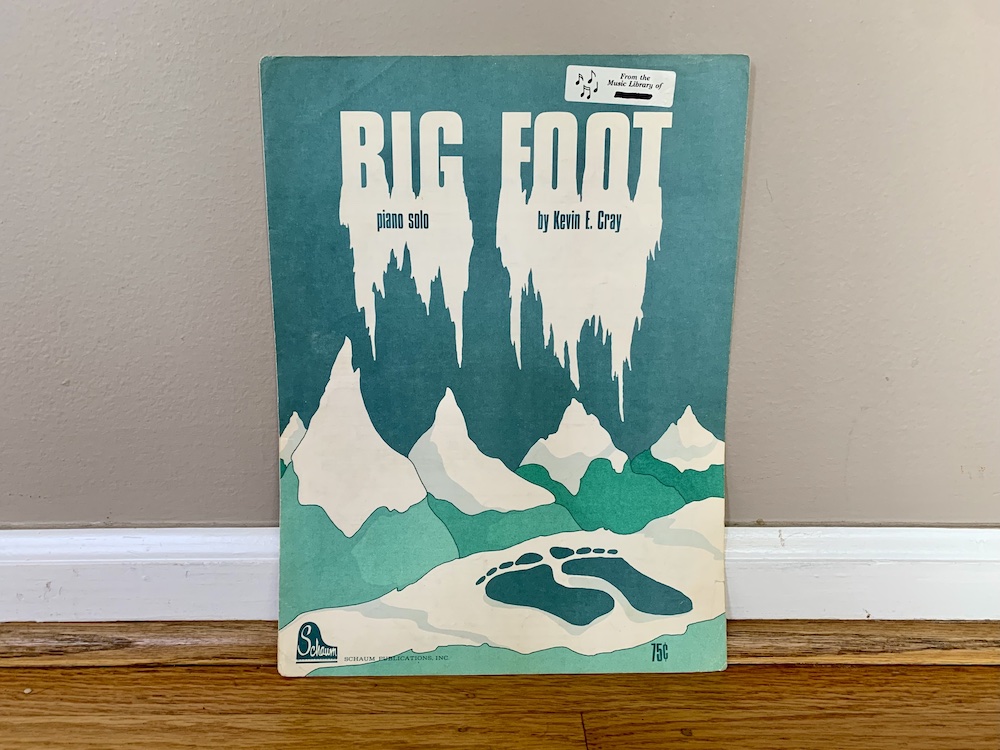
Today, I have a story to share and a recommendation for a fun piece of music for Halloween or anytime!
A few years ago while sifting through a box of old music given to me by a retiring teacher, I came across a piece of sheet music with a distinctive cover I recognized. It was a piano solo called “Big Foot” by Kevin E. Cray and published by Schaum Publications. “Big Foot” was a piece I remembered my younger brother playing back when we were growing up. It was a piece he LOVED and played constantly, especially once he could play it from memory. The piece became a family favorite, one that we would often request he play.
Rediscovering this piece and recalling those memories caused me to want to teach “Bigfoot”! Upon searching online, I was unable to find the sheet music available. So, I assumed it must have gone out of print. I scrounged around through my music library and was able to find the original sheet music my brother used. I felt lucky to have my own personal copy to keep as well as the newly acquired sheet to give to a student.
Continue reading “A Fun Memory and a Great Rote/Halloween Piece for Piano Students”

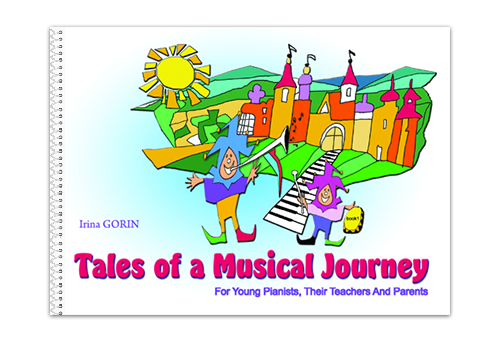

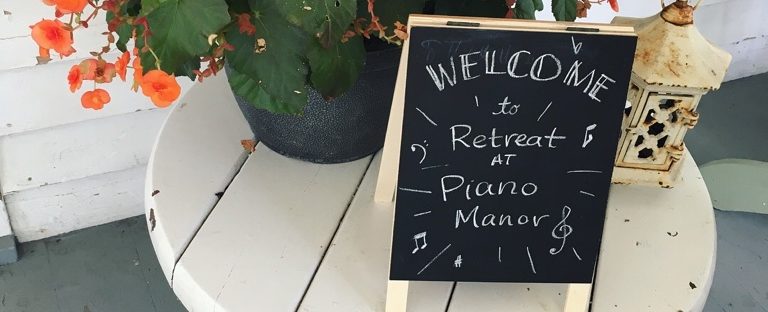
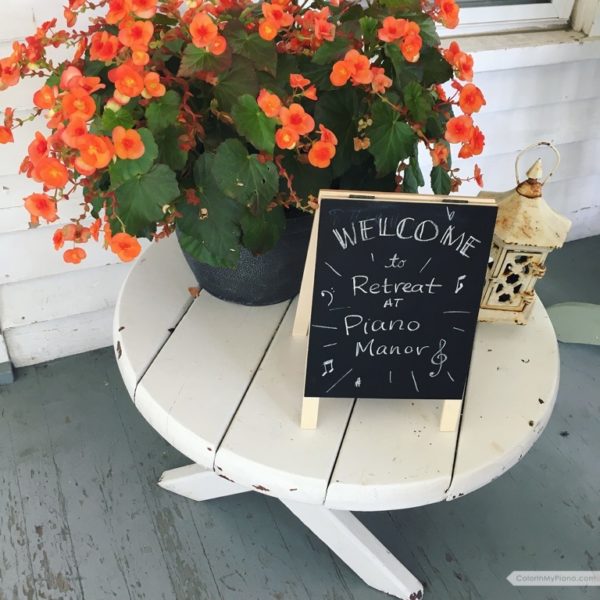
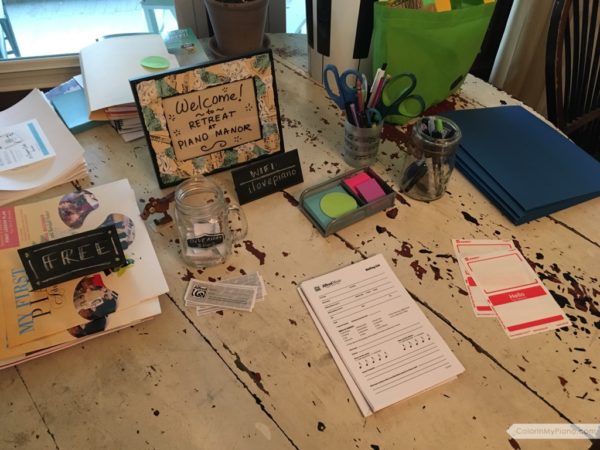
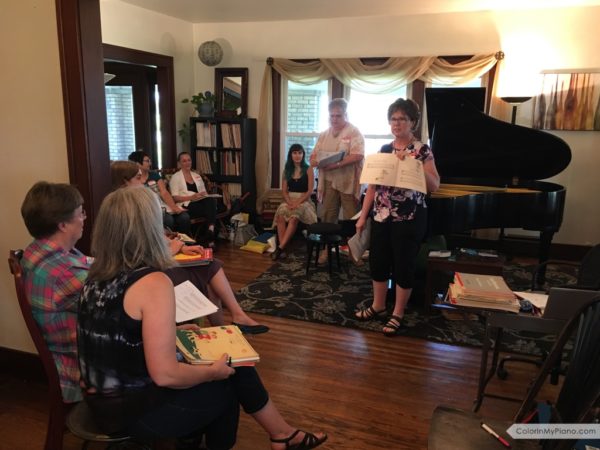
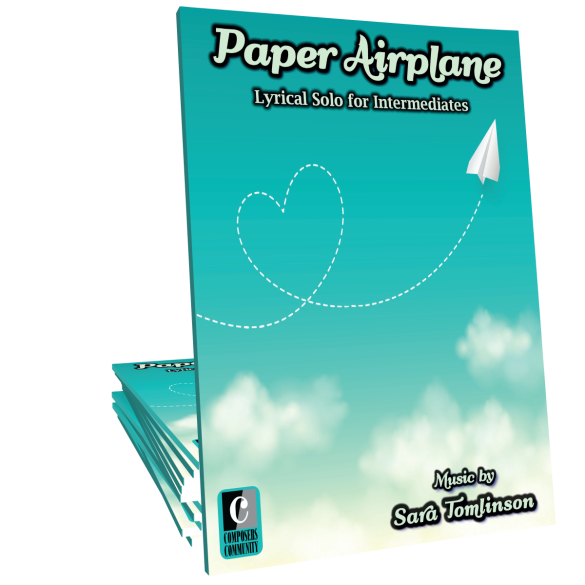
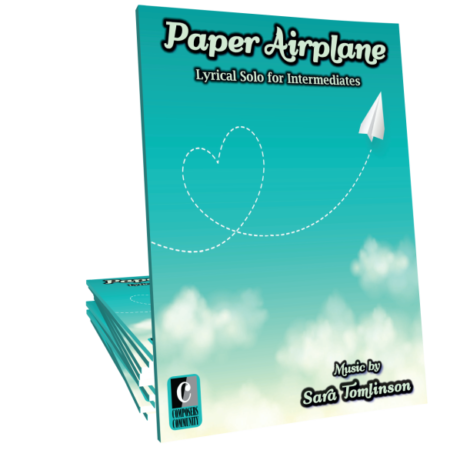 Good day!
Good day!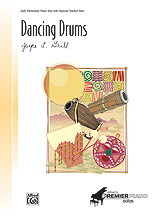

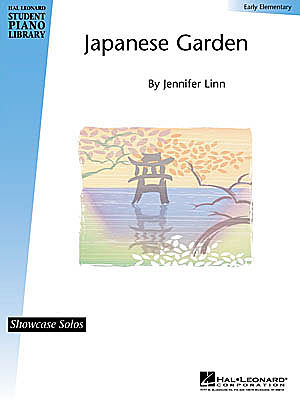
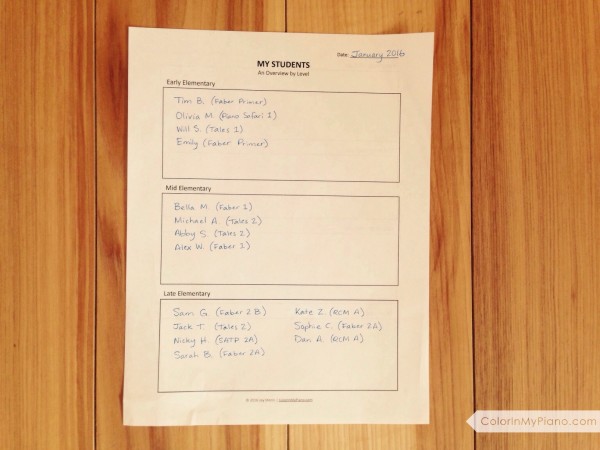

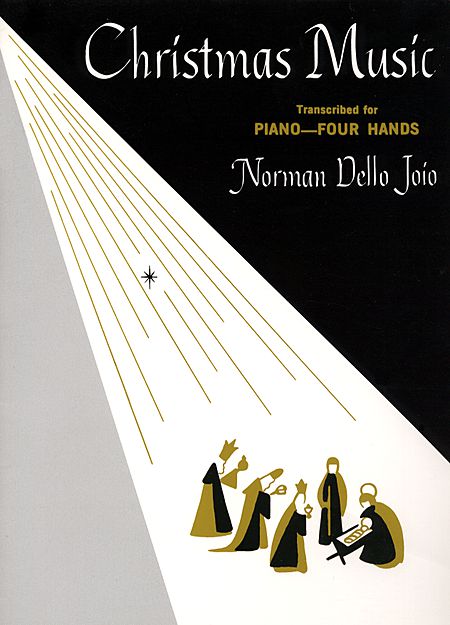
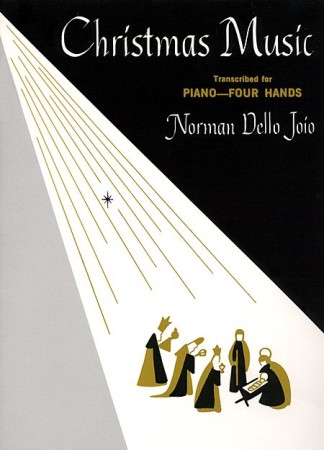 Here is the list of piano duet books mentioned in the video:
Here is the list of piano duet books mentioned in the video:
 I currently use
I currently use 
 As a piano teacher, you have probably been in the situation where you felt that using your favorite traditional piano method might not be the best choice for a particular new student’s situation.
As a piano teacher, you have probably been in the situation where you felt that using your favorite traditional piano method might not be the best choice for a particular new student’s situation.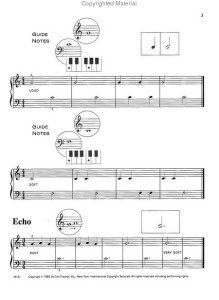
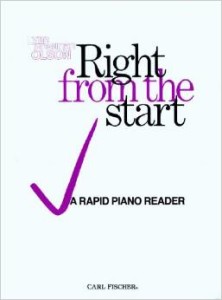 As the cover states, this thin volume is a “rapid piano reader.” Teachers who appreciate a landmark (aka interval) reading approach will appreciate the way this on-staff book begins: by teaching Bass F, Middle C, and Treble G. The book provides a solid, no-nonsense approach. I think it is a great book that truly leaves the teaching up to the teacher!
As the cover states, this thin volume is a “rapid piano reader.” Teachers who appreciate a landmark (aka interval) reading approach will appreciate the way this on-staff book begins: by teaching Bass F, Middle C, and Treble G. The book provides a solid, no-nonsense approach. I think it is a great book that truly leaves the teaching up to the teacher!